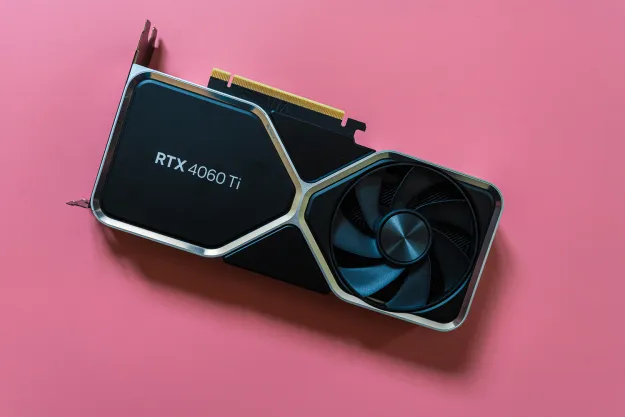When Nvidia’s RTX-series graphics cards debut on September 20, complete with tensor cores for A.I.-driven supersampling and RT cores for ray tracing, some of those features will go completely unused. Despite a growing list of games that will eventually support ray tracing, Nvidia has confirmed that there won’t be a single game with ray tracing support on the day of the cards’ launch.
Despite gamers clamoring to learn what real-world performance of the next-generation graphics cards will be like, Nvidia spent most of its Gamescom announcement of the new GPUs discussing ray tracing — what it is, why it’s so hard to do, and the tricks and techniques Nvidia has used to make it viable years before it should be theoretically possible. A big part of that is the RT cores found on Nvidia’s new RTX cards, but on day one, those cores won’t be doing much at all.
The current list of games that have been confirmed to be adding ray tracing at some point in the future currently stands at 11. However, even though some of those are now available, they don’t have the
Tamasi didn’t go into detail about which games we could expect to see ray tracing debut on first, but considering Battlefield 5 was one of the biggest showcase titles at the original RTX unveiling and is itself releasing on November 20, two months after the RTX graphics cards, it seems likely to be one of the first. Shadow of the Tomb Raider is also known to have working
When games do start to add ray tracing support, they’ll likely only be supported by the top two cards: the Nvidia RTX 2080 Ti and 2080. We still don’t have a firm release date for the more affordable RTX 2070. The expected mid- and entry-level offerings, the 2060 and 2050, are rumored to be classed as “GTX” rather than RTX cards, and could ship out without support for the new
Editors' Recommendations
- AMD’s graphics card sales just took a nosedive
- RTX 4090 owners are in for some bad news
- Don’t buy the RTX 3060 in 2024
- The RTX 5090 and 5080 may launch sooner than expected
- New Nvidia update suggests DLSS 4.0 is closer than we thought




